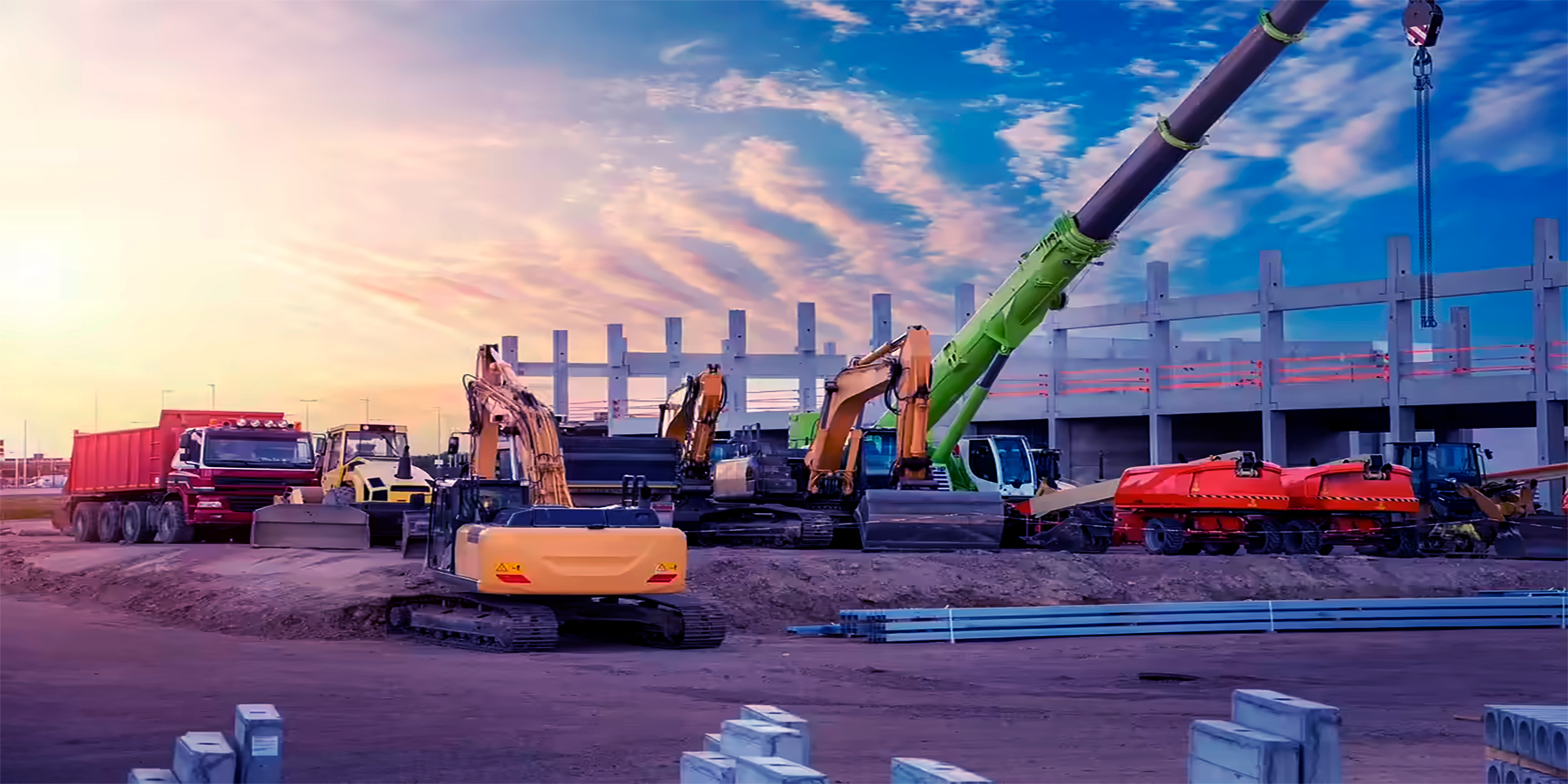Borrowed Capital: The Hidden Engine of Mega-Projects
How Leverage Accelerates the Implementation of Infrastructure Projects
Launching a major infrastructure project is never just about blueprints and ambition. Bridges, railways, and power plants require staggering amounts of capital, often far more than governments or corporations have available upfront. That’s where leverage—using borrowed capital—changes the pace. By combining equity with loans, public agencies and private developers can move forward without waiting decades to accumulate funds. The trade-off is clear: leverage enables immediate action, but it commits future revenue to repayment. Understanding how this balance works is essential, because leverage doesn’t only affect how fast projects are built—it also shapes long-term financial stability.
Why Leverage Matters in Infrastructure
Financing with leverage changes both the tempo and scope of development. Without access to loans, many projects remain stuck in planning, dependent on slow budget allocations. Borrowing lets governments and companies address urgent needs now—expanding transport corridors, modernizing grids, and improving water systems—while spreading costs over the life of the asset. This timing matters. A highway finished five years earlier immediately reduces logistics costs, raises productivity, and draws investment. In many cases, these spillover gains outweigh borrowing costs, provided repayment terms are realistic and governance is tight.
Case Example: European Highways
Eastern Europe offers a practical lesson. After EU accession, countries like Poland and Romania accelerated highway construction using loans from institutions such as the European Investment Bank. Instead of waiting for domestic budgets to catch up, leverage unlocked rapid modernization. Better connectivity cut travel times, lifted trade flows, and made regions more attractive to investors. Without loans, those benefits would have arrived much later—and at a higher economic cost.
Global Examples of Leveraged Projects
From Asia to South America, governments and developers have leaned on leverage to transform infrastructure. The outcomes highlight both the promise and the pitfalls of borrowing for large builds.
China’s Belt and Road Initiative
China’s Belt and Road Initiative (BRI) channels state-backed loans to fund ports, railways, and power facilities in dozens of countries. The immediate effects—jobs, trade, new capacity—are undeniable. But in some cases, repayment stress followed. Sri Lanka’s Hambantota Port, largely financed with Chinese loans, was later leased back to China after the country struggled with debt service. The asset exists, but the financing structure raised questions about sovereignty and long-term vulnerability.
Brazil’s Energy Dams
Brazil illustrates another face of leverage. Large hydroelectric projects like Belo Monte relied heavily on loans from national banks. The new capacity supported industry and reduced blackout risk. Yet social and environmental costs, plus high financing burdens, proved challenging. The lesson isn’t “don’t borrow”; it’s “borrow with clear revenue plans and rigorous risk checks.”
Digital Corridors in Eastern Europe
Loans are no longer just for concrete and steel. Fiber corridors and 5G buildouts in Eastern Europe have been financed through development lenders and bond markets, reflecting how digital infrastructure now rivals roads and power lines in economic importance. Leverage here speeds up competitiveness in data-driven industries.

The Mechanics of Leveraging Projects
Leverage isn’t merely “get a loan.” It’s the art of structuring multiple funding sources so risks and returns balance over decades. Typical packages mix sovereign or corporate equity, syndicated bank loans, development finance, bonds, and export-credit support. The blend determines not only repayment schedules but also resilience to rate moves, currency swings, and political shocks.
| Source of Funds | Share (%) | Role in Financing |
|---|---|---|
| Equity (government/corporate) | 10–25 | Absorbs first losses, signals commitment to lenders |
| Commercial bank loans | 20–40 | Core funding; may carry variable rates and covenants |
| Development bank loans | 20–30 | Long maturities; concessional terms; policy support |
| Bonds | 15–25 | Access to institutional capital; spreads maturity wall |
| Export-credit agencies | 5–15 | Supplier-tied finance; political risk mitigation |
This structure buys flexibility. But the greater the debt share, the higher the sensitivity to interest rates, FX volatility, and policy shifts. Good design staggers maturities, matches tenor to asset life, and avoids refinancing cliffs.
Risks of Excessive Leverage
Borrowing accelerates projects; over-borrowing imperils them. When tolls, tariffs, or tax receipts fall short of projections, debt service crowds out other priorities. Budgets strain. Resets follow.
Debt Traps and Sovereignty Risk
“Debt trap” isn’t a slogan when strategic assets sit behind loans. Ports, rails, and grids financed externally can become leverage points for influence if borrowers can’t repay. For lenders, restructurings are costly. For borrowers, loss of control is worse.
Macroeconomic Shocks
High leverage amplifies macro swings. Rising global rates, a weakening currency, or a growth slowdown can turn a manageable repayment schedule into a crisis. Countries with large FX-denominated debt feel this pain first.
Leverage and Green Infrastructure
One of today’s most productive uses of leverage is climate-aligned builds. Renewable energy, low-carbon transport, and climate-resilient assets demand heavy upfront spending that public budgets rarely carry. Loans—often paired with green bonds—let states and firms scale faster without waiting for cash surpluses.
| Project Type | Where | Key Backers | Outcome |
|---|---|---|---|
| Offshore wind clusters | UK, Denmark | Commercial banks + green bonds | Rapid capacity growth; falling levelized costs |
| Solar mega-parks | India | World Bank + private syndicates | Lower tariffs; reliable power for industry and homes |
| High-speed rail | Spain, Japan | State-backed loans | Mode shift from air/road; emissions reductions |
These cases show leverage turning climate targets into concrete assets—sooner, at scale, and with financing structures investors understand.
Best and Worst Outcomes
Leverage isn’t inherently good or bad; execution decides. Done well, it compounds growth. Done poorly, it compounds risk.
- Best case: Poland’s highway buildout—funded via EU loans and private capital—boosted GDP, cut travel times, and integrated supply chains across borders.
- Worst case: Greece’s crisis—broader borrowing, including for infrastructure, contributed to unsustainable public debt and years of painful adjustment.
The takeaway: transparency, realistic demand models, and disciplined project selection separate catalysts from cautionary tales.
How Borrowers and Lenders Align
Both sides manage trade-offs. Borrowers want speed without losing solvency; lenders want returns without reputational or geopolitical blowback. Modern contracts include revenue guarantees, step-in rights, arbitration routes, and ESG covenants. Still, trust and disclosure carry the most weight. Investors shun opaque structures. Borrowers avoid overdependence on a single creditor. Good partnerships price risk fairly and keep incentives aligned throughout the asset’s life.
Practical Rules for Using Leverage Wisely
- Match tenor to asset life: Don’t fund a 30-year bridge with a 5-year bullet and hope refinancing is easy.
- Stagger maturities: Build a ladder; avoid a single “wall” year where everything comes due.
- Hedge the obvious: If FX or rate shocks would hurt, hedge at least the debt service.
- Stress test honestly: Model slow demand, delayed commissioning, and capex overruns—then size buffers for them.
- Protect transparency: Clear procurement, public dashboards, and independent audits lower borrowing costs over time.
- Tie debt to cash: Anchor repayments to real cash generators—tolls, tariffs, concessions, or tax increments.
Conclusion
Leverage has reshaped how the world builds. It allows bridges, ports, highways, and energy facilities to finish years earlier, unlocking economic potential faster. But borrowed money isn’t magic—it’s a promise. The best outcomes pair speed with discipline: transparent projects, realistic revenue, staggered maturities, and strong governance. Used wisely, leverage is a catalyst for growth and resilience. Used loosely, it’s a path to financial strain. The difference isn’t the loan itself; it’s how deliberately we match today’s urgency with tomorrow’s ability to pay.




